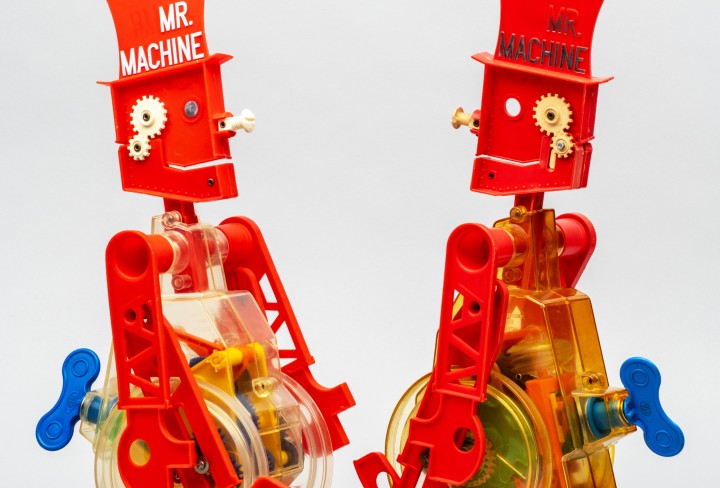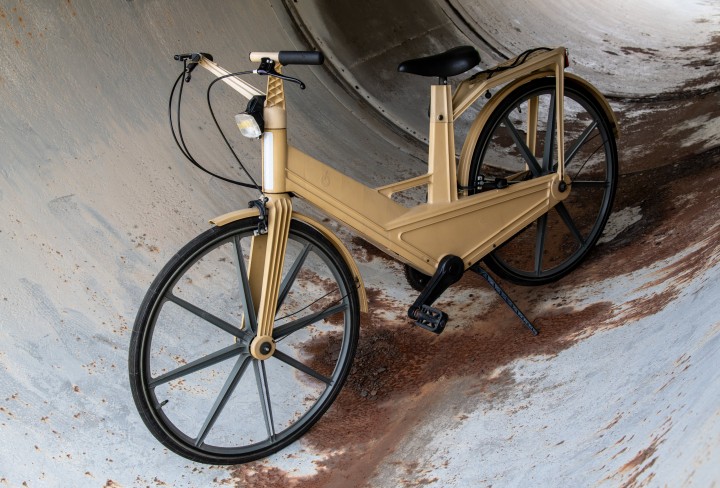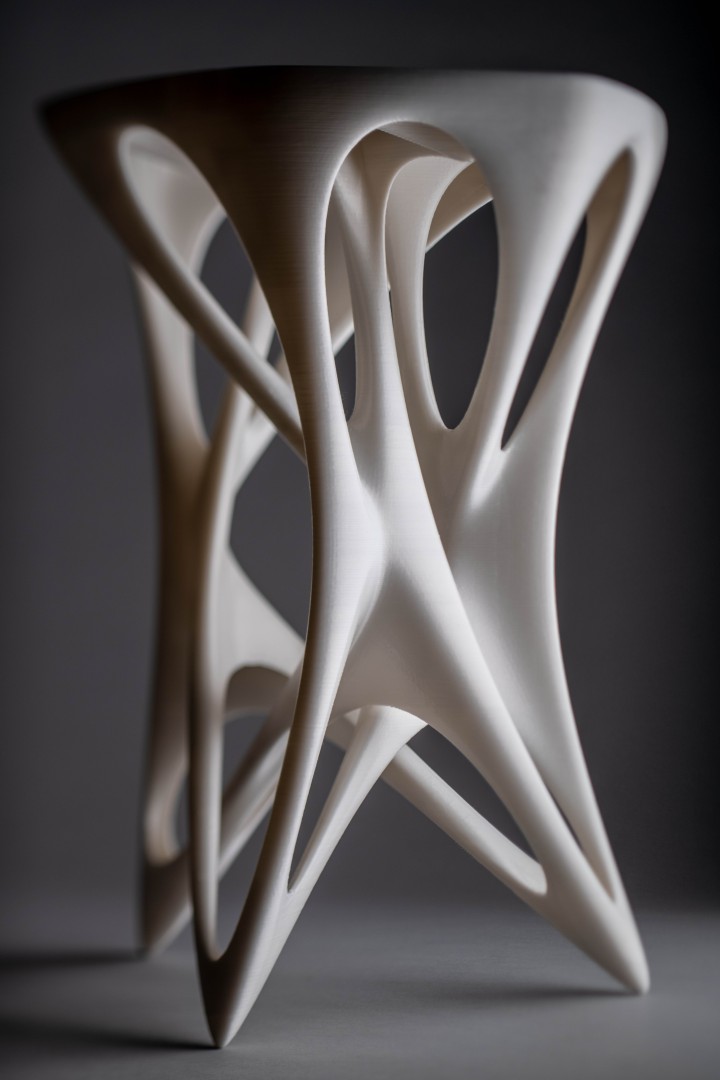

It is impossible to imagine our everyday life without plastics. Inseparably linked with industrial mass production, they accompany technical developments and open up unimagined design possibilities. Whether Volksempfänger, Trabant, Panton chair, Bobby Car or iMac: plastic products have become part of our collective memory and have found their way into the museum.

When we talk about plastics, we think of resource consumption, microplastics in drinking water and the littering of the world's oceans. But that is only part of our story with the material. The exhibition "Class and Mass" shows its many possibilities, from cheap substitute material and mass product to high-tech component and design icon. It explores the stories told by the things that end up in museums and asks what becomes of them - as trash in the environment or object in the museum.
Whatever we do in everyday life - sitting, driving, talking, hearing, seeing, writing, eating and drying - plastics accompany us everywhere. For each area, the exhibition shows classics of design history, such as the "Panton Chair" made entirely of plastic - an icon of the pop era developed by designer Verner Panton in the 1960s. Or the "Bobby Car," which has enjoyed great popularity since its market launch in 1972. In 1995, there was even an "Art Edition" of it made of recycled material and designed by well-known artists.

But it is not only design icons that demonstrate the inexhaustible design possibilities of plastics in interaction with product design. Plastics can be shaped into almost any desired form and are lightweight compared to traditional materials. In their appearance, they offer every possibility, from colorless and transparent to brightly colored, textured and patterned. Thus, thanks to transparent plastics, a toy robot can reveal its mechanical inner workings.

Breakthroughs don't always happen right away. The once "world's worst bicycle," built in 1982 by Swedish engineers from polyamide, wanted to be forward-looking. "Itera" became a flop, but today bicycle frames made of plastic reinforced with carbon fibers are well established.

Unusual shapes from the 3D printer or familiar items made from bio-based plastics produced on the basis of renewable raw materials show where developments are headed in the future. The challenge is to create a sustainable circular economy that will require other plastics, new products and reusable systems.

The exhibited objects belong to the collection of the German Plastics Museum. Since 2017, it has found a home at the LVR-Industriemuseum as a permanent loan. Most recently, it was the subject of the research project "KuWerKo. Plastics - a modern material in a cultural-historical context". Scientists from several disciplines went on a detective hunt in the collection to elicit the history of objects and to understand how they change during and after use. You can learn more about this in the exhibition!
Duration:
25.10.2022 – 23.12.2023
Opening times:
Tuesday – Friday: 10 – 17 h
Saturday and Sunday: 11 – 18 h
Closed on Mondays
Entrance fee:
6,50 €, reduced 5,50 €, free admission for children and teenagers under 18 years
Guided tours in foreign languages (English & Dutch):
70€
Visitor information:
kulturinfo rheinland
Tel: 02234 9921555
(Mon–Fri 8–18 hours; Sat, Sun and public holidays 10–15 hours)
Fax: 02234 9921300
Email: info@kulturinfo-rheinland.de
Exhibition location:
LVR-Industriemuseum
Peter-Behrens-Bau
Essener Straße 80
46047 Oberhausen